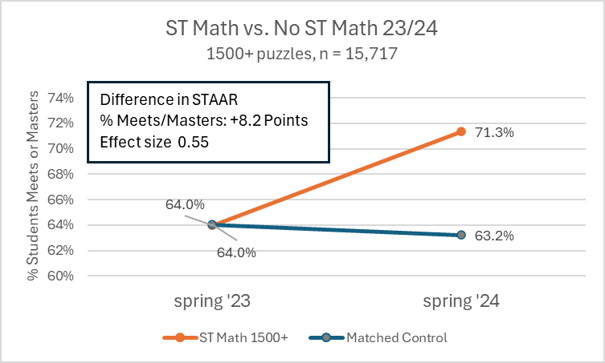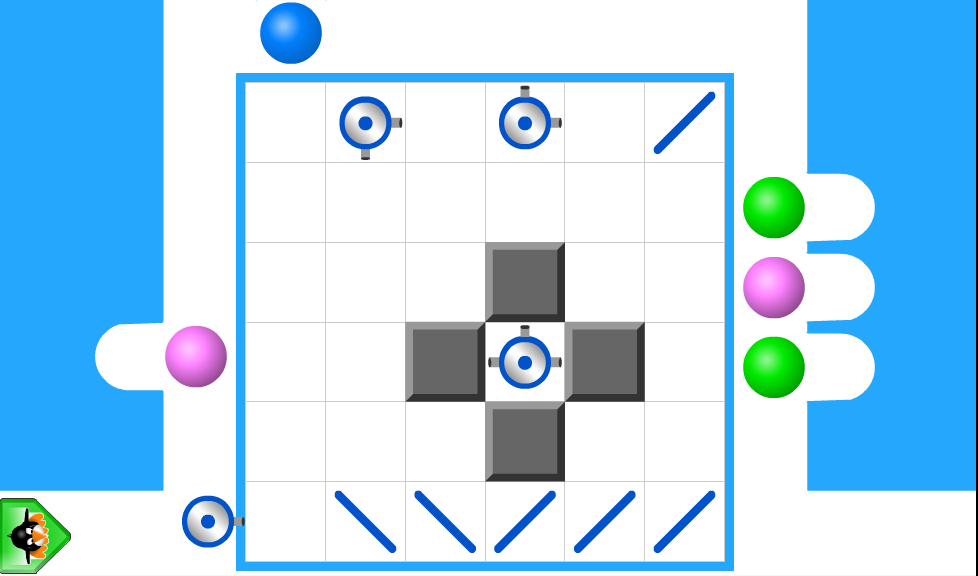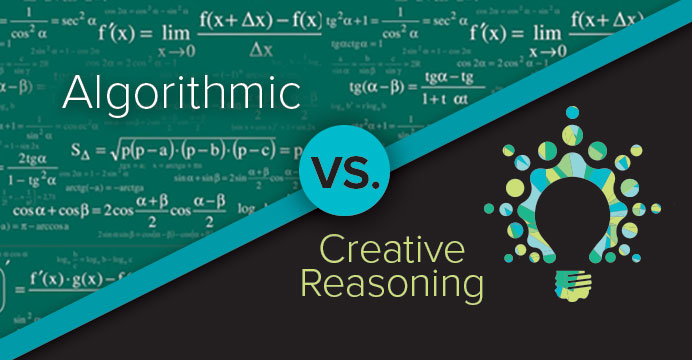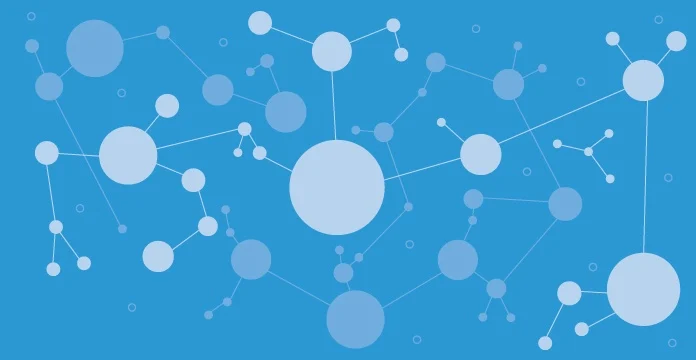After two years of post-COVID math recovery in Texas, proficiency levels in grades 3-5 hit a plateau in 2023-24—except for students using Texas’ HQIM ST Math program, who defied this trend and grew for the third consecutive year. Even more remarkably, these Texas schools and teachers once again used ST Math’s unique visual approach to lift students across the entire performance spectrum, from the lowest performers to the highest, with 12.1% growing at least one proficiency level. How did this happen?
A Bold Statewide Vision with Proven Results
In 2021, Texas had taken a bold step forward. Recognizing the need for high-quality instructional materials (HQIM) that could drive high adoption, productive use, and scalable impact, the Texas Education Agency (TEA) partnered with ST Math, providing licenses at no cost to districts. By 2023-24, ST Math was used in 263 districts and 2,468 schools, spanning urban, suburban, and rural communities.
Crucially, TEA required rigorous evaluation of ST Math’s impact each year. MIND Research Institute, the program provider, conducted an ESSA Tier 2 quasi-experimental analysis, tracking student cohorts for three years using a dose-striated, matched comparison methodology. The results have been remarkably consistent: across all student subgroups and at all performance levels, ST Math students outperformed their non-ST Math peers. The outcomes have been replicable, scalable, and equitable.
A Program That Reaches Every Student

How did this happen? Because ST Math provides a unique approach—one that benefits every single student. Unlike conventional math “supplements” that attempt to patch gaps in instruction, ST Math is a crucial complement to core materials, offering two essential missing ingredients:
- Lowest cognitive load during math concept acquisition—ensuring all students can meaningfully engage and grasp.
- Required visual sense-making and content mastery before advancing—so accomplishing learning, not just screen seat time, is assured.
Without these, up to half of students often internalize failure in their conventional yet incomplete learning environment, leading them to believe, “I’m not a math person.” But it’s not their fault; it’s never been about ability, it’s about the right environment.
Meanwhile, even high-performing students may clear a low bar of procedural fluency without developing conceptual depth. ST Math’s patented, language-free spatial-temporal puzzles break this mold, supporting students at every level. The digital “virtual manipulatives” in ST Math puzzles are as meaningful as physical manipulatives like building blocks, yet because they are digital, they follow rigorous, TEKS-aligned mathematical laws and standards.
These concrete representations—free of language or symbols first—ensure minimal cognitive load. And with a video game ethos where mistakes fuel learning every student is challenged to solve each puzzle and move forward at their own mastery pace.
Equitable Access and Implementation
But having the right learning science isn’t enough—it must reach every student, at scale. That’s where, beyond product effectiveness, implementation and equity come in.
Implementation is the foundation of any program’s success. A major challenge with EdTech is whether all students can achieve meaningful participation, or if program access and progress are skewed toward certain groups. ST Math proactively validates equity at the implementation stage—ensuring Special Education, English Language Learners, economically disadvantaged students, and gifted learners all engage and productively achieve sufficient and effective usage levels.
Without clear district-level accountability, implementation is often spotty and uneven. Texas’ Math Innovation Zone model has pioneered oversight strategies to ensure meaningful student usage at scale.
Looking ahead to 2024-25, TEA’s national leadership in implementation measurement and accountability at scale further ensures that ST Math isn’t just another “licensed tool” available to a scattering of some students—it’s a scalable, high-fidelity solution applied seriously to all. Empirical analysis confirms that in districts with strong implementation practices, all schools across the entire district achieve similar, strong implementation levels.
Beyond a Plateau: ST Math’s Continued Growth in 2023-24
While Texas grades 3-5 overall saw flat or declining math proficiency in 2023-24, ST Math students continued to grow. The results were particularly striking at both ends of the performance spectrum:

- Lowest-performing students (Did Not Meet Level): ST Math students moved out of the lowest category at higher rates than matched peers. In contrast, students in the control group slipped backward, with more students remaining in the lowest category than the year before. After three years and over 1,500 puzzles, over half of spring 2022 students at the lowest performance level moved up from grade 3 to grade 5, leaving only 3.7%.
- Gifted & High-Performing Students (Masters Level): While many assume top students see little benefit from supplemental programs, ST Math has repeatedly proved otherwise. Texas’ GT (Gifted & Talented) subgroup showed significant movement from “Meets” to “Masters,” with a 7.4 points advantage vs. controls and a 0.38 standard deviations effect size—demonstrating that even high-achieving students had untapped performance potential left behind by conventional instruction.
Most programs struggle to show effectiveness across all performance extremes—but ST Math does this as its hallmark, reinforcing its ability to support a wide range of learners without being limited to remediation alone, and lifting students at all levels of math achievement.
The Formula for Lasting Success
Texas’ statewide investment in ST Math is proving to be a model for sustainable educational improvement. The formula is clear:
- Provide the missing ingredients for meaningful math learning—lowest cognitive load entry points, mastery-based and equitable progression with no time limits, and engaging, yet conceptually deep math challenges.
- Ensure full-spectrum student growth—not just boosting those near a passing cut score, but lifting all performance levels and subgroups.
- Manage implementation from the top down—with state-driven measurement, accountability, and clear progress benchmarks.
By selecting a learning-science-embedded program and directly driving district-level implementation management, Texas is leading the nation in state-driven support for math learning. The results speak for themselves: even in the face of statewide stagnation, ST Math students kept growing.
Texas isn’t just supporting math learning—it’s pioneering a national blueprint for evidence-driven, equity-focused education. And that’s what makes ST Math a unique and indispensable part of Texas’ math success story.



